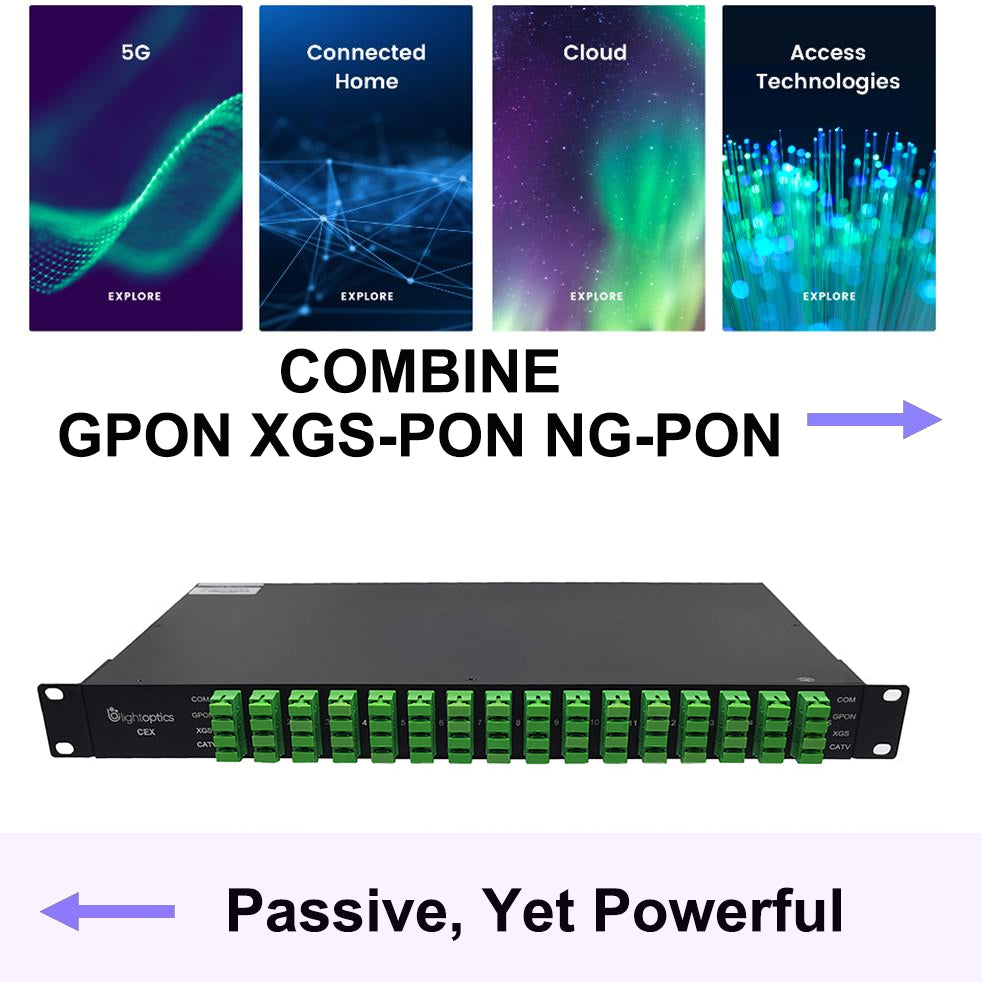Switch VS Router: What's the Difference?
Switch VS Router: What's the Difference?
When building a small office network, the two most essential pieces of equipment you will need are switches and routers. Though they look similar, the two devices perform different functions within a network. switches and routers are computer network devices that allow one or more computers to connect to other computers, networking devices, or other networks.
What is a switch?
Switches facilitate the sharing of resources by connecting all the devices, including computers, printers, and servers, in a small business network. Thanks to the switch, these connected devices can share information and talk to each other, regardless of where they are in a building or on campus. Building a small business network is not possible without switches to tie devices together.

What is a router?
Just as a switch connects multiple devices to create a network, a router connects multiple switches, and their respective networks, to form an even larger network. These networks may be in a single location or across multiple locations. When building a small business network, you will need one or more routers. In addition to connecting multiple networks, the router also allows networked devices and multiple users to access the Internet.
Ultimately, a router works as a dispatcher, directing traffic and choosing the most efficient route for information, in the form of data packets, to travel across a network. A router connects your business to the world, protects information from security threats, and even decides which devices have priority over others.

Switch vs. Router: The Differences
| Switch | Router |
| Network switches operate at layer two (Data Link Layer) of the OSI model. | Routers operate at Layer 3 (Network) of the OSI model. |
| The switch will not offer such services. | The router will offer NAT, NetFlow, and QoS Services |
| Store MAC address in a lookup table and maintain an address on its own. However, Switch can learn the MAC address. | Store the IP address in the routing table and maintain an address on its own. |
| A switch is a multi-port bridge. 24/48 ports. | Networking device 2/4/8 ports. |
| In Full Duplex, So, no Collision occurs. | Less Duplex |
| The speed limit for the switch is 10/100Mbps. | The speed limit is 1-10 Mbps for wireless and 100 Mbps for wired connections. |
| Likely to take a more complicated routing decision helps | Helps users to take the faster routing decision switches |
| Switches can’t perform NAT | The router can perform NAT |
| In a LAN environment, a switch is faster than Router. | In various types of network environments (MAN/ WAN), the router works faster compares to Switch. |
| The switch has one broadcast domain except VLAN implemented. | In Router, every port has its broadcast domain. |
| Switches work with MAC addresses as it operates within the confines of a single network. | Router operations revolve around IP Addresses. |
| Switches are restricted to wired network connections. | Routers can work within both wired and wireless network situations. |
Applications of Switches
- Can be used to manage data flow across networks
- Medium to large LANs containing multiple link management switches.
- Usually used in small office/home office (SOHO) applications, usually using a single switch to access various bandwidth services
- It is used in computer networks to physically connect devices.
- Can use half-duplex or full-duplex mode to transmit data to other devices

Applications of Router
- Can create a LAN
- Allow splitting of internet connection to all network devices
- Can connect to different media and devices
- Can be used to run a firewall
- Can be used to determine where to send data from one computer to another
- Can perform packet forwarding, switching, and filtering
- Ensure that the data reaches its intended destination
- Can connect to a virtual private network (VPN)

Pros and Cons of Switches.
Pros:
It can help you reduce the number of broadcast domains. A large amount of broadcast traffic will hurt the network, so reducing the broadcast domain is worth considering.
Supports VLANs that facilitate logical segmentation of ports. Logical segmentation has Pros in LAN management, security, and management.
The switch can use the CAM table to perform the port-to-MAC mapping.
Cons:
In terms of restricting broadcasts, it is not as good as routers restricting broadcasts
Communication between VLANs requires inter-VLAN routing, but there are many multilayer switches available on the market.
Handling of multicast packets that require a lot of configuration and proper design.
Pros and Cons of Router
Pros:
The router transmits data packets in an organized manner, which helps to reduce the data load.
The router provides a stable and reliable connection between network hosts.
If the central part cannot transmit the data packet, the router can transmit it in other ways.
It helps to share network connections with multiple machines, thereby increasing productivity.
Cons:
When multiple computers use the network, the connection speed may slow down. This situation is described as connection waiting.
The router helps multiple computers share the same network, which may slow down the speed.
Routers usually require a lot of initial configuration and network address translation (NAT), which makes setup a bit complicated.
Conclusion
From the above discussion, we can conclude that both are important devices for building a network and have their meanings in the network. However, to set up a home network and connect devices, we need a switch, and to connect two networks, we need a router. Both switches and routers are network-connected devices. Routers work at the network layer and are responsible for finding the shortest path for data packets, while switches connect various devices in the network. A router connects devices across multiple networks.












